See NOAA’s next generation of geostationary weather satellites prepared for its November launch
More Photos
More Photos
GOES-R arrived in Florida at NASA’s Kennedy Space Center this week. Once launched, the satellite will offer three times more data with four times greater resolution, five times faster than ever before. This means faster and more accurate data for NOAA's National Weather Service. GOES-R will improve hurricane tracking and intensity forecasts, increase thunderstorm and tornado warning lead time, and enhance space weather monitoring.
NOAA satellites enable our meteorologists to issue forecasts that save lives and protect communities and property -- before and during storms. These photos show the journey GOES-R made from Colorado to Florida in preparation for launch on November 4 from Cape Canaveral.
Technicians prepare to load the GOES-R satellite onto the aircraft in Colorado
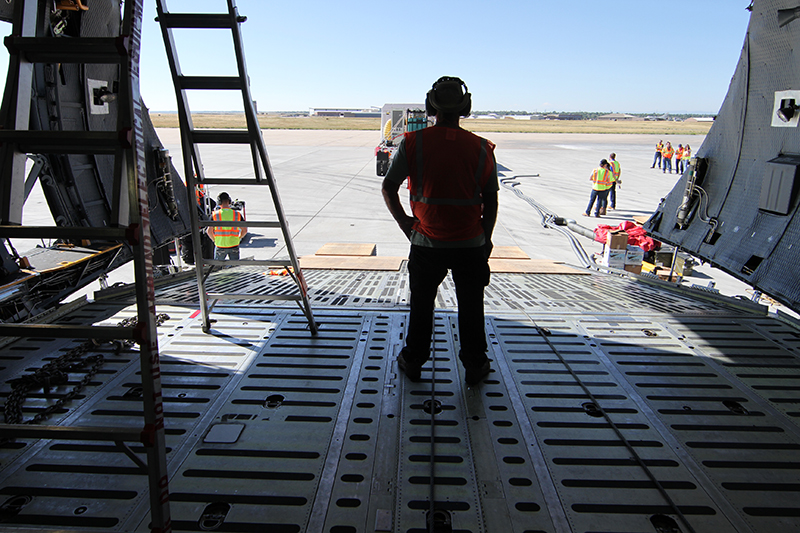
Aircraft carrying GOES-R satellite ready for take off
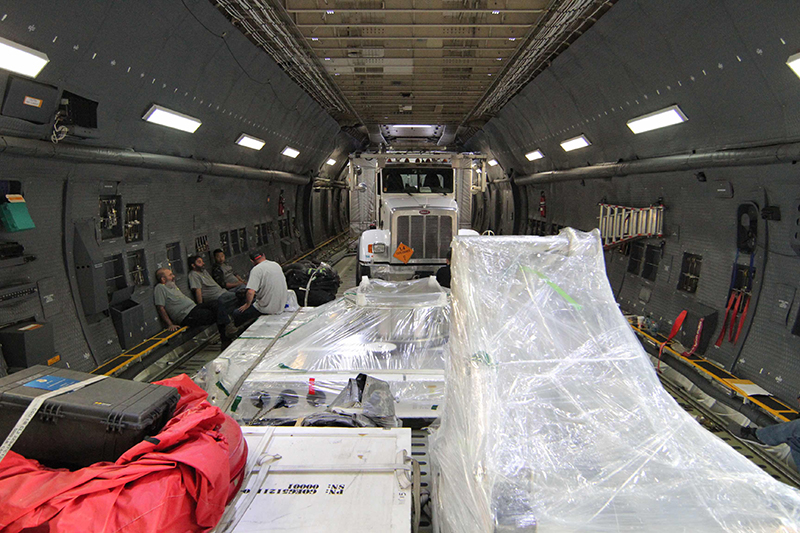
GOES-R arrives in Florida
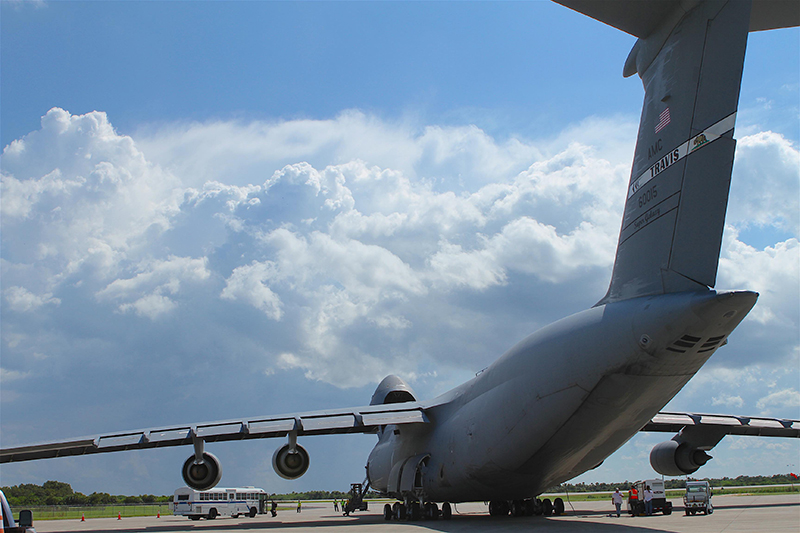
The GOES-R satellite is unloaded from Air Force plane
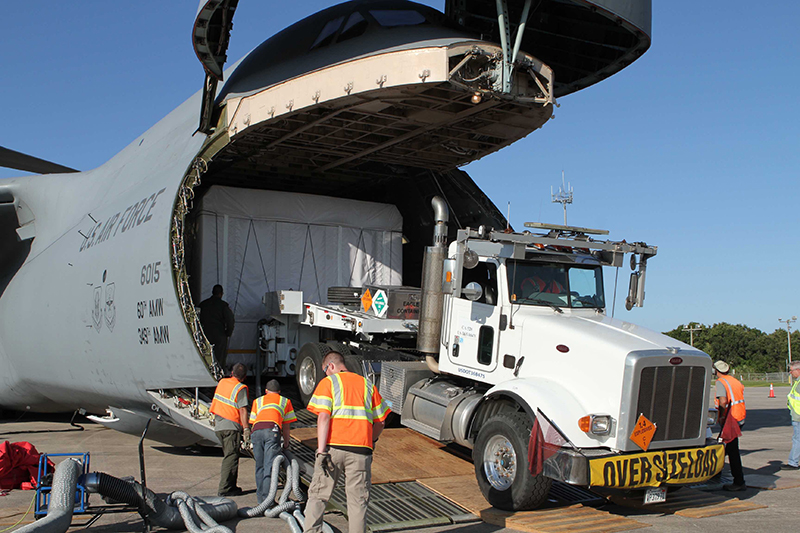
GOES-R rolls onto the runway
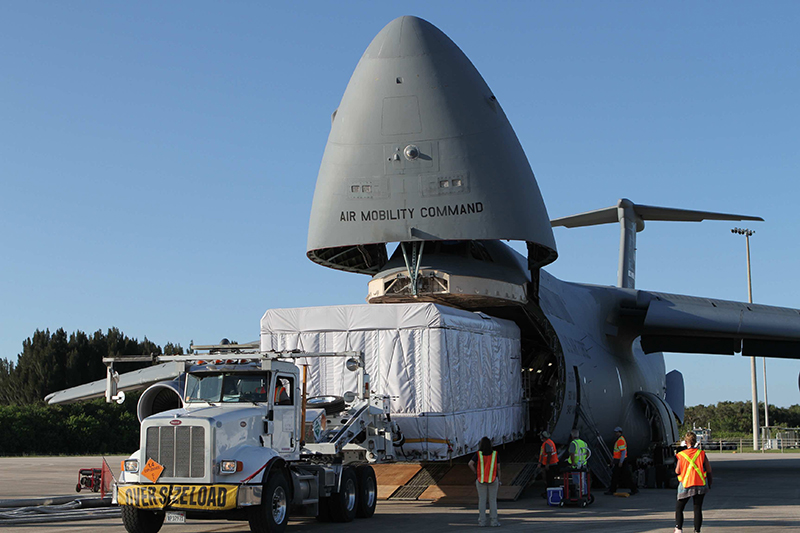
GOES-R is unwrapped and inspected in the clean room
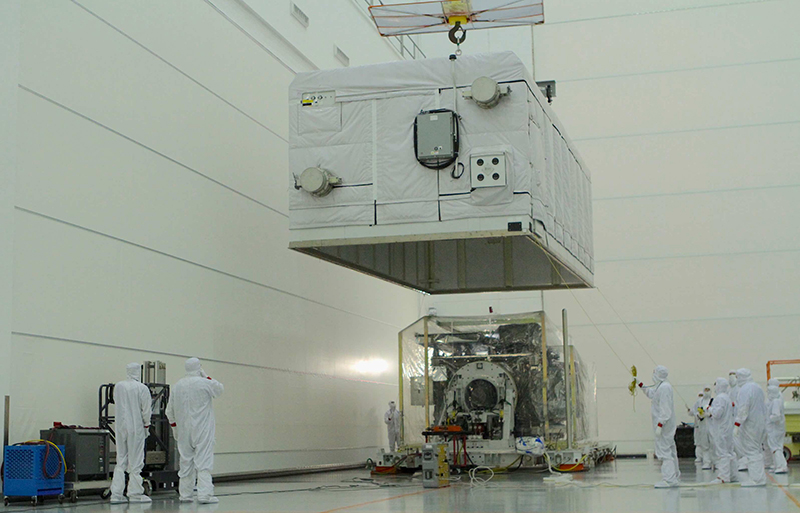
Stay informed as GOES-R moves closer to launch by visiting the GOES-R mission page and NOAA's Satellite and Information Service.


